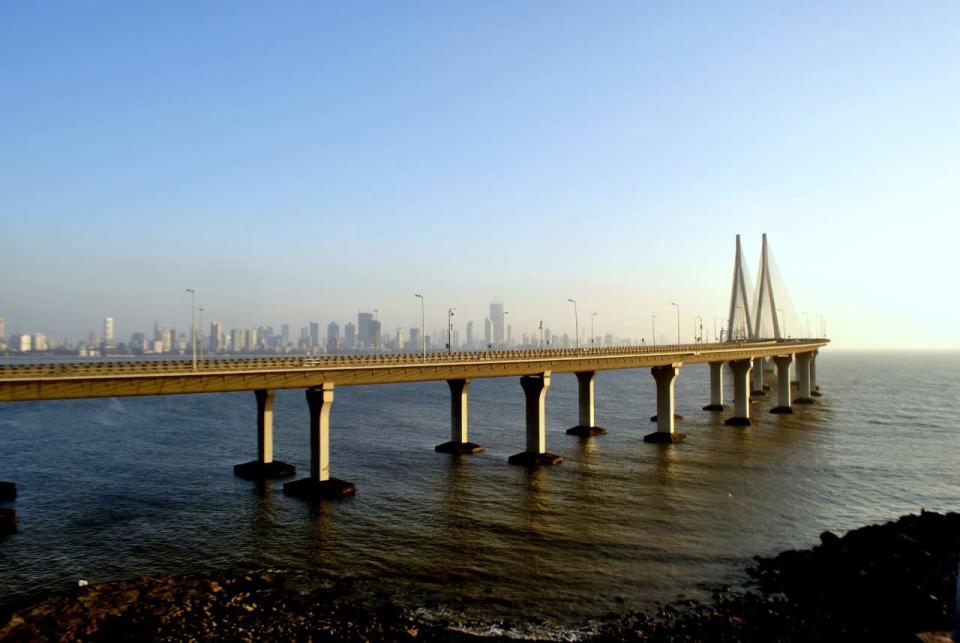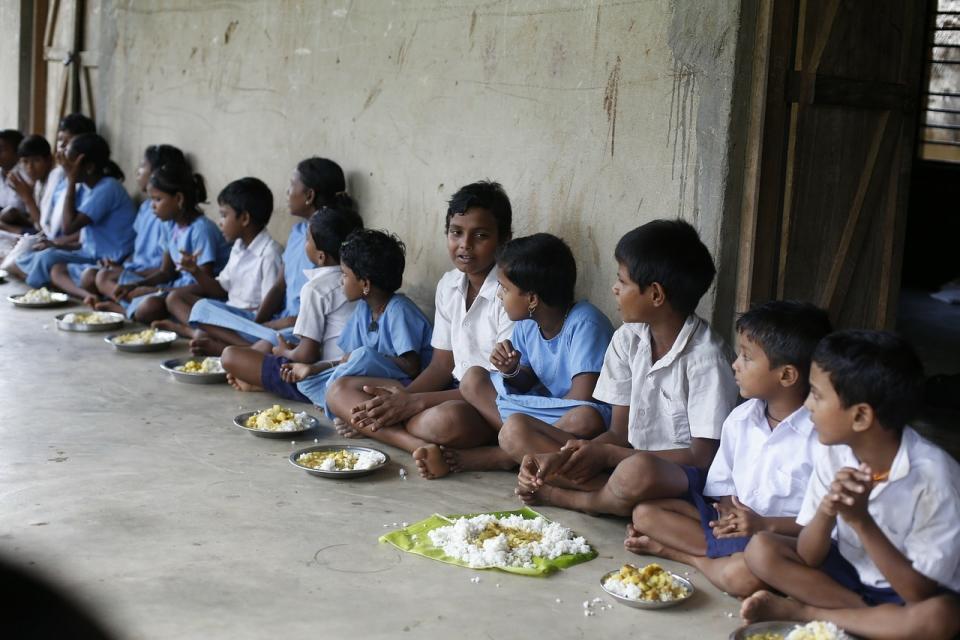Economic Reforms - How Far Have We Come, How Far Can We Go?
July 24, 1991, is considered a turning point for the Indian economy. An accidental Prime Minister Narasimha Rao and his erudite Finance Minister Manmohan Singh, on that day, presented an epochal budget, to stave off an imminent bankruptcy threatening the nation. The grave situation was brought about by a combination of two global events - disintegration of India’s major trading partner the Soviet Union and the Gulf War, on account of which oil prices skyrocketted. While one hampered the nations’ exports, the other resulted in bloated import bills resulting from oil purchase.
All that caused the trade deficit – an amount by which the value of imports exceeds the value of exports – to spiral out of control. At the same time the nation’s foreign exchange reserves had hit a rock bottom, its central bank had refused to lend further and it had to pawn gold to secure a loan from the IMF to cover its balance of payments. It was worse than the worst case scenario.
In keeping with the saying, desperate times call for desperate measures, the game changing budget upended most of the hitherto followed socialist principles to avert the immediate crisis and usher in economic reforms. To that end, some of its transformational diktats were - scrapping of the Licence Raj (an elaborate system of licences and regulations hindering businesses, especially in the private sector), slashing of import duties, devaluation of the rupee, allowing foreign investment and simplifying the tax structure.

The path-breaking economic reforms bore fruit in no time. The glaring trade deficit saw a sharp reduction in two days’ time. In a couple of years, the GDP was around 7 percent from a dismal 1.06 percent, foreign exchange reserves increased manifold and the private sector registered record profits. India’s growth story had begun and words like liberalisation, globalisation and privatisation became a part of layman’s jargon.
But has the “desperate measure” stood the nation in good stead in the long run? Well, twenty five years on, it would be a pretty safe bet to say “yes”. India has bucked external headwinds like a slowing global economy to earn the epithet of the fastest growing economy in the world - even beating China. Its GDP has grown from $275 billion in 1991 to over $2 trillion in the current year of 2016. The private sector has flourished beyond measure in various areas ranging from retail to banking, telecom and aviation. The IT boom is another stellar example. The resultant job creation and competent salaries have spurred consumer demand, thereby increasing investments. Today, India is not just a melting pot of cultures but also a lucrative market for big brands. Roads are flooded with imported cars; multiplexes, malls and restaurants have mushroomed everywhere. Smartphones and other gadgets have become a must-have and real estate has seen unprecedented growth.

That shining image of progress, however, has failed to overshadow the stark picture of the other India – dogged by poverty, both rural and urban, an ever increasing population pressure, lack of proper infrastructure and illiteracy. Over half of the nations’ population, is yet to taste the fruits of economic reforms. The government may be pushing for more reforms like introduction of a Model law, upping the ceiling on foreign direct investment and improving bilateral trade relationships with other nations, global campaigns like “Make in India”, etc. But the question is, would it be sufficient to bring the nation on a par with other developed nations of the world?
One crucial area consistently overlooked by successive givernments so far is the development of human capital through effective policies to tackle malnutrition and illiteracy. The story down the line may not be much changed and growth would be slow and wobbly, if they fail to address the issue. Strong political willpower and effective policies are required for that. However, in a large democracy like India, with many political parties and a huge population, which negates most economic benefits, doing so at one go is a huge challenge. The Goods and Services Tax (GST) bill, which still hasn’t been passed on account of political logjam, is a case in point.
But despite the chaos, complexity and conundrums that is India, chances are we might go all the way to become the world’s largest economy in the next twenty five years. And that’s not some silly wishful thinking. Consider this - presently India is the seventh largest economy in the world and one of the major G-20 economies – which is a phenomenal achievement given the near existential crisis we faced back in 1991. With right efforts, hence, there can be no stopping it from becoming numero uno!

